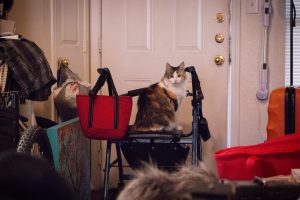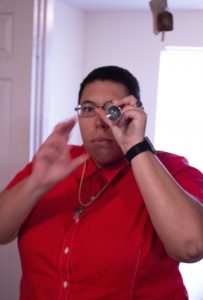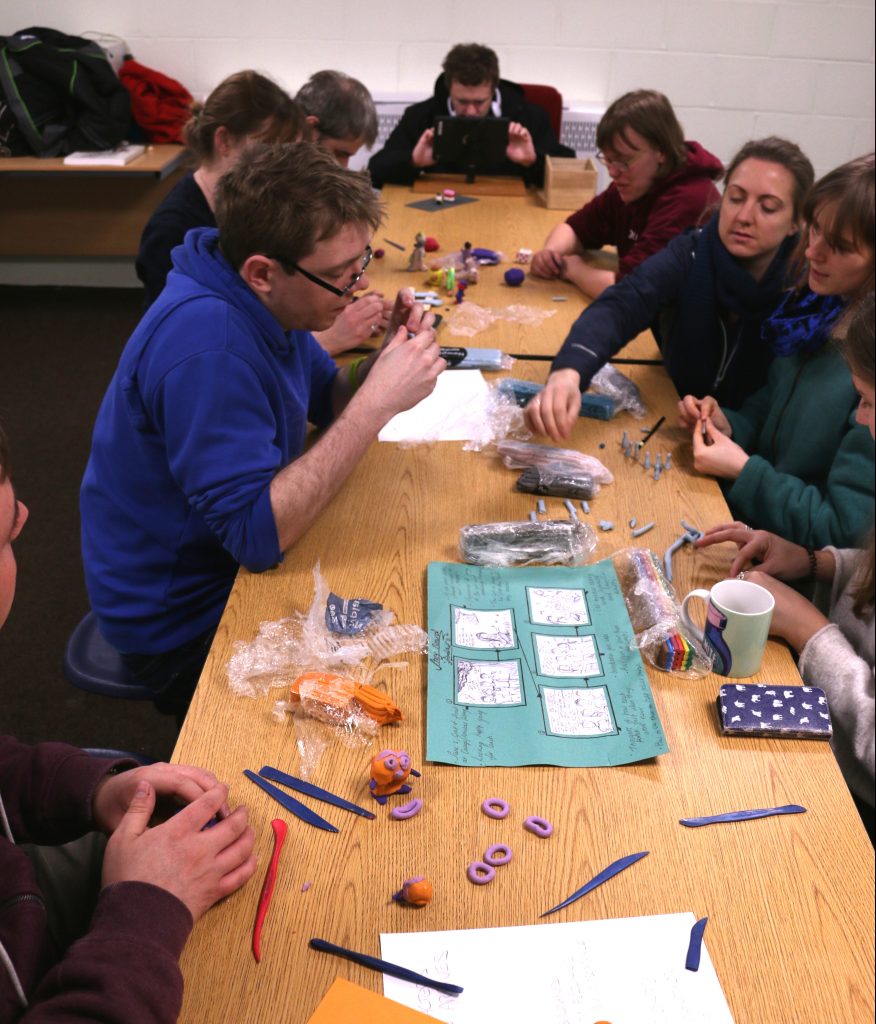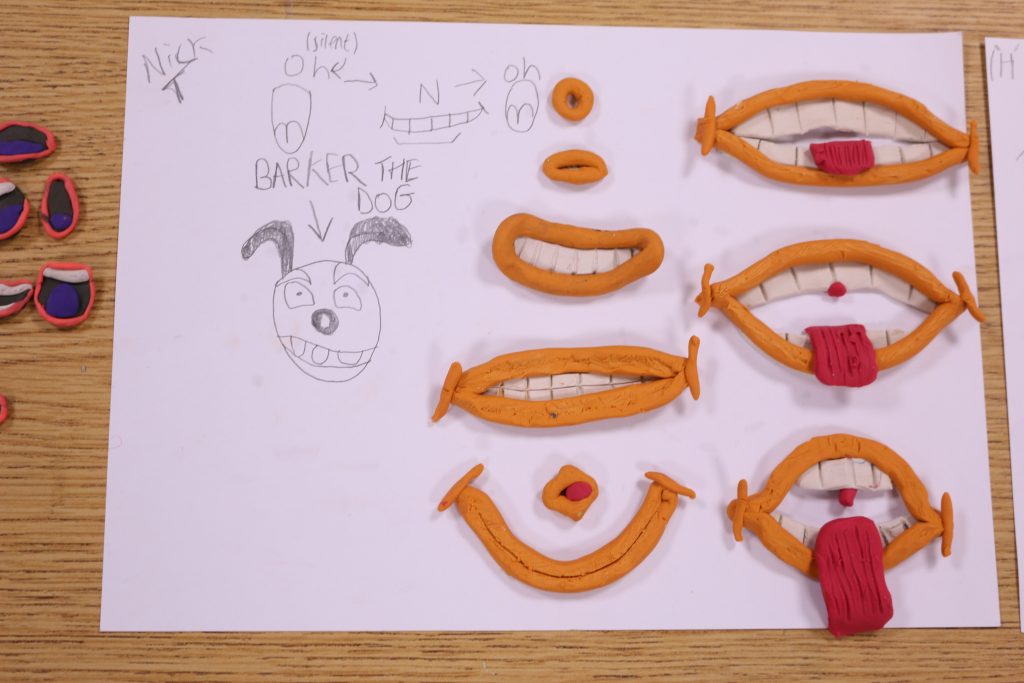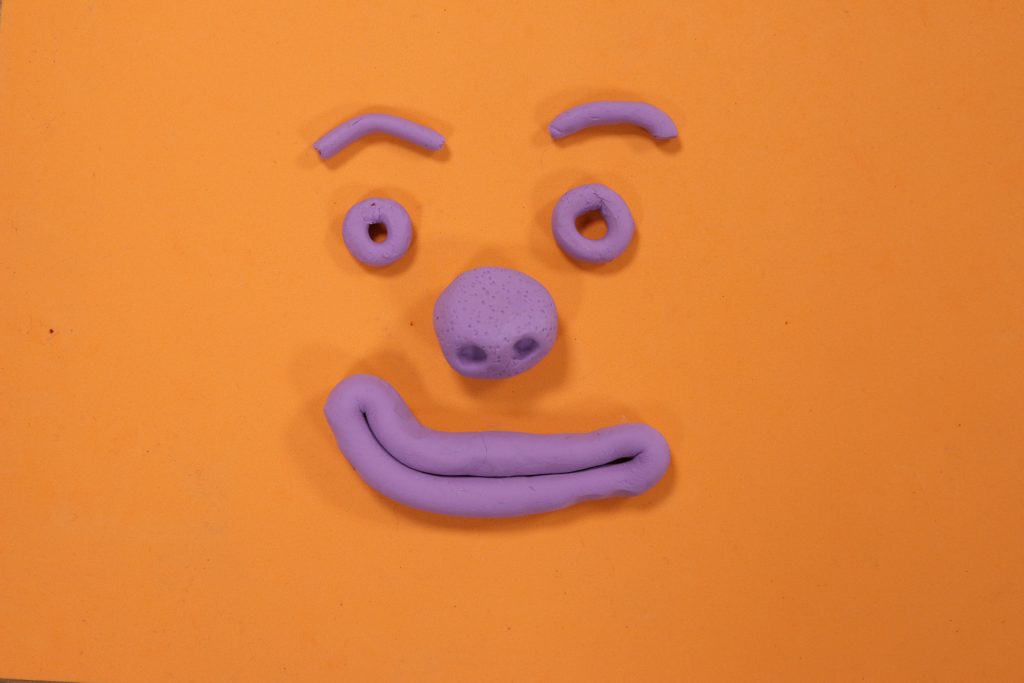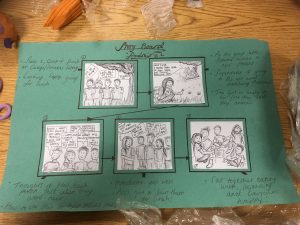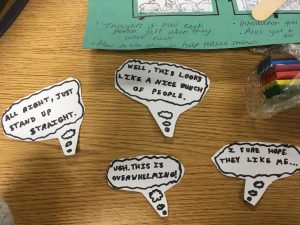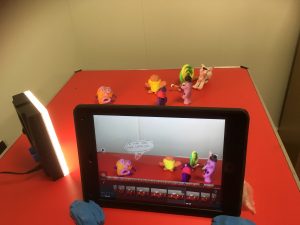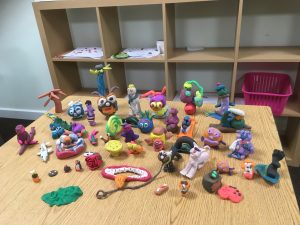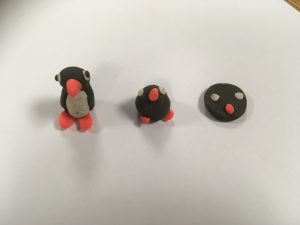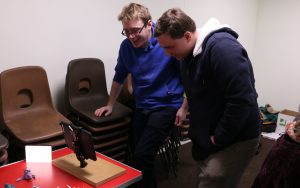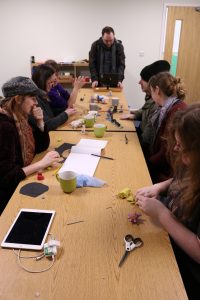Dom meets Angela
Angela Weddle
CTS Trainer Dom Pitt is in San Antonio, Texas working with Artist Angela Weddle, one of the awesome creatives we’ve been connected to via Debra Muzikar at the Art of Autism
More to follow…
Lynx Reflections from Dom Pitt, Workshop Leader
The final workshop has come and gone. I’ve really enjoyed these six and would rather like to return to Lynx to do more.
For this last session in this series we attempted something a bit more grandiose. A culmination of that which had been learned in the previous weeks. A group project. The subject, suggested by Lena at NAS was meeting new people/being the new person. As a group we discussed what that is like and based on that came up with a simple scenario. A person approaches a group of people, says hello, gets invited to go bowling and subsequently goes bowling.
Once we had our scenario worked out we wrote a list of the things we would need and divvied up their production among the group. Since we have left all of the things made by the group in previous weeks with the Lynx Centre we already had a ready made cast, but the main character was made from new.
The initial plan was to show how our character is feeling with a series of close ups of their face. Time however was not on our side. It is rather difficult and time consuming to portray complex, subtle emotions even for an experienced animator so instead we opted to use the slightly cheaty medium of the ‘thought bubble’ to more easily communicate the characters thoughts and feelings. We did get to use the close up trick to show the perhaps less nuanced sad face to happy face later on in the film though.
Eleven thirty rolled around and the group went off to film club, their animation only half finished. Not an achievement to be sniffed at though. Much of the first session was spent writing the story and making models and thought bubbles. Group 2 came to the rescue and finished the film off, completing the introduction sequence and adding the bowling and close up shots.
I have been really impressed by how much these groups have achieved across these relatively short sessions. The Lynx iPads have istopmotion of them and we have left them with all of the models that have been made over the six weeks so I really hope at least a couple have picked up the taste and carry on making things.
Week 6 – Daisy’s Experience at the Animation Workshop
This final session brought together all the skills the participants had been able to practice in the previous workshops to create a fantastic short film about friendship.
The work that went into this film involved the participants thinking about how they may feel when meeting new people in social situations.
The film allowed the participants to convey their autistic ‘voice’ in the alternative medium of stop animation.
Everyone was able to partake, whether it was making the models or speech bubbles or moving the models or operating the iPad.
Members of the animation group at Lynx seem to have really enjoyed the workshops. They seem enthusiastic about purchasing ‘The Animator’s Survival Kit’ book which outlines in detail the technicalities of walking in animation. They have also been left with access to an iPad with a stop animation app on it such that they can continue to use the skills they have learnt to convey messages about autism to the autistic, and wider, communities.
Week 5 – The Orange and the Purple
After the success of the first lip-syncing workshop I thought I’d try and push it a bit further with a spot of character interaction. I got the guys to co-operate in producing a character interaction, some kind of short conversation. The sessions ended up being relatively brief. Like this one.
Buoyed by a new supply of fresh plasticine there was model-making mayhem. I’m a particular fan of the orange and deep purple characters. In that piece they also used coloured backgrounds and giant plasticine facial features to make ultra close up versions of the character’s faces. It worked fantastically.
There was also a rather nifty conversation between a cat and a snail. I think this group have really got their collective head around the basics of lip sync. With a bit of practise they could get rather good at it.
Week 4 – A Visit to the Lynx Centre
This week the focus was on lip syncing and sound breakdown. Members of the group were encouraged to think about the different movements made by the mouth when speaking and then to make these shapes out of Plasticine. These models were then accompanied with sound through the use of an app. Examples of some works are pictured below.
Some members of the group continued work from the previous sessions. So again, the chance to make motion pictures with mirrors was given with the bringing in of the praxinoscope and zoetrope – some great designs were created.
Other members were innovative enough to combine the skills they had learnt with the lip syncing and apply
them to making a flip book.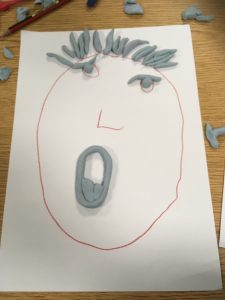
Stop motion animation was also continued with various clay models being made and manipulated. One example below being the squashing of a penguin, reminiscent of Pingu.
As always, everyone involved had an interesting session where they were able to think about lots of different aspects of animation and try them out for themselves.
Week 3 – Can’t knock the classics!
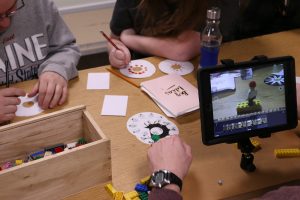 This week I brought some reference cards and foldover clips along and flipbooks were made. I had several examples which were eagerly thumbed through. Only a couple of people really got into flipbook making but I’ll bring more supplies next week and I think other people will come around to it. I think it might seem a bit of a daunting task as there is a fair amount of drawing involved. Really you need at least 20 pages to get a good flip on the go and you have to draw every page from scratch so it isn’t like stop motion where you can just move a thing and take a picture.
This week I brought some reference cards and foldover clips along and flipbooks were made. I had several examples which were eagerly thumbed through. Only a couple of people really got into flipbook making but I’ll bring more supplies next week and I think other people will come around to it. I think it might seem a bit of a daunting task as there is a fair amount of drawing involved. Really you need at least 20 pages to get a good flip on the go and you have to draw every page from scratch so it isn’t like stop motion where you can just move a thing and take a picture.Week 2 – Pixillation
Week 1 – Back in the NAS Lynx!
This was the first workshop of six that we are running at the NAS Lynx Centre in Weston Super Mare as part of the Exploring Diagnosis project.
Last time we were here we had workshops for larger groups of people, perhaps 20 at once, and we set up simultaneous activities like a green screen, iPads and modelling clay for animation.
This time, Dom (workshop leader) and Lena (the centre manager) discussed smaller groups for people who expressed an interest in animation.
Dom writes
People are often reluctant to re-do a thing that isn’t right the first time because “it took ages”, though the “ages” in question are usually between 5 and 10 minutes. I’m hoping to get to the point where the animators are happy to look at what they’ve done and if it isn’t quite how they hoped perhaps make it again, taking into account what they’ve learnt.



